
The clan worship ceremony is one of the most important rituals in the cultural life of the Mong people, held periodically every 3-5 years, or when there is a major event of the clan, to thank ancestors for their protection and protection. At the same time, pray for peace, health and fortune for descendants. This is also an opportunity for clan members to gather, mend relationships, strengthen traditions, and educate the younger generation about their roots.
.png)
The ceremony is usually held at the head of the family’s house or a sacred place, presided over by a reputable shaman. The offerings are usually pigs, chickens, wine, rice, paper money, etc. The ceremony includes many steps, from inviting ancestors, reporting on past achievements, to asking for blessings for the future.
.png)



The Khen is a unique musical instrument, highly symbolic in Mong ethnic culture. Not just a simple musical instrument, the art of the Khen is also a subtle combination of music , dance and body language, deeply reflecting the cultural life and soul of the Mong people. The sound of the Khen can resound loudly in festivals, melodiously and affectionately in dates, or sadly in farewell ceremonies for the deceased.

The Khen is made from wood and bamboo tubes. The Khen artist not only knows how to make and perform, but also knows how to dance with the Khen - the movements of winding, turning, and jumping are strong and flexible, expressing a strong vitality and desire for love. In particular, the art of the Khen is also a means for the Mong people to communicate, express their thoughts, feelings, and even "talk" to the spiritual world .



Hmong girls embroider patterns on fabric.
Traditional costumes of the Mong people, especially the Flower Mong people, are famous for their sophisticated, colorful patterns, created with many traditional craft techniques such as beeswax painting, embroidery, fabric patchwork, fabric tracing... Each costume is not only a colorful work of art, but also a "history book" recording stories about nature, life, beliefs, and history of the Mong people.
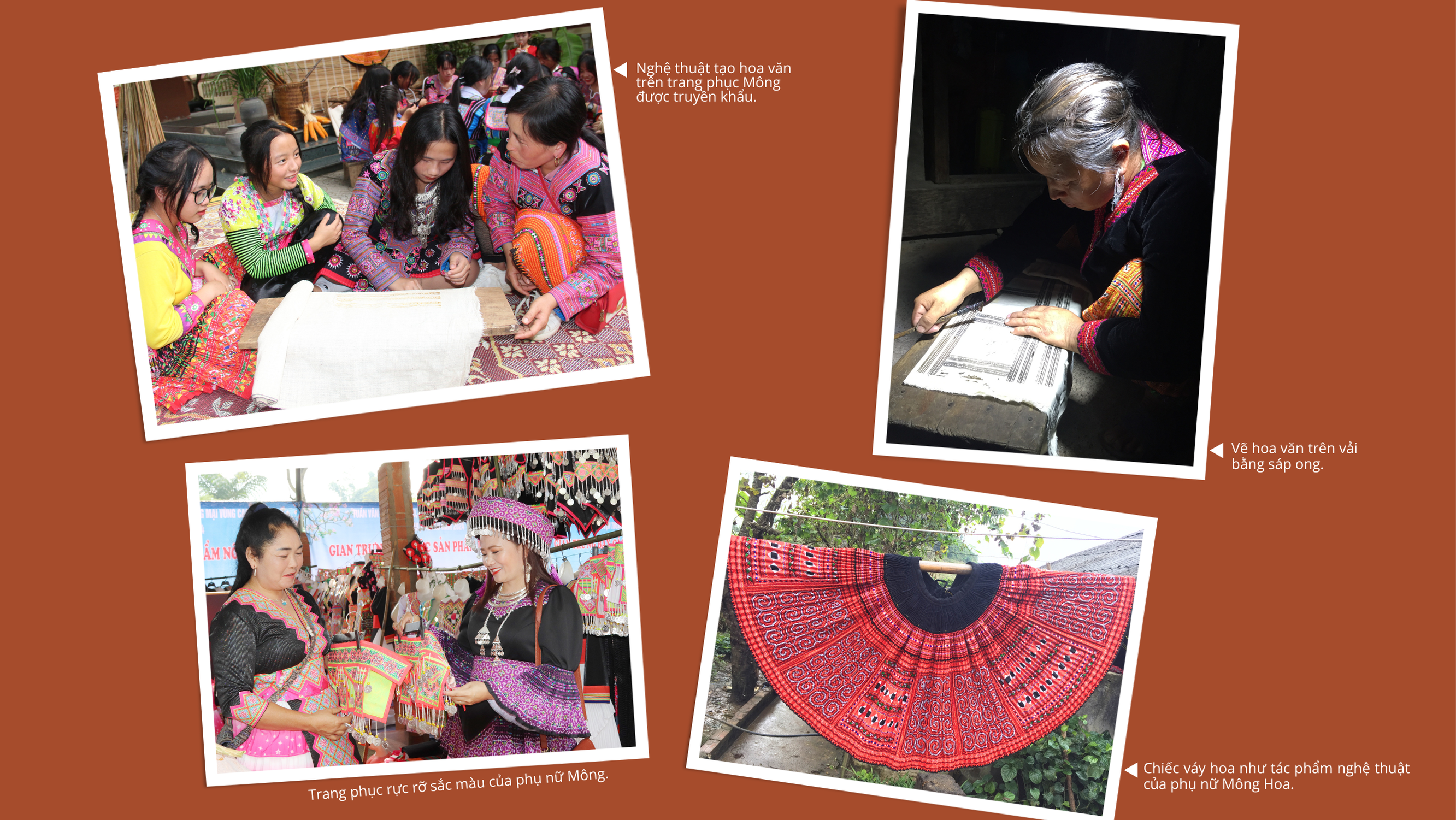
The patterns are often inspired by plants, flowers, birds, mountains and forests or symmetrical geometric shapes, symbolizing fertility, happiness and luck. The beeswax painting technique requires meticulousness and skill, then the fabric is dyed with indigo and the beeswax is removed, leaving unique patterns. The embroidery technique is extremely elaborate, with thousands of tiny needles creating vivid, prominent color patches on the fabric.
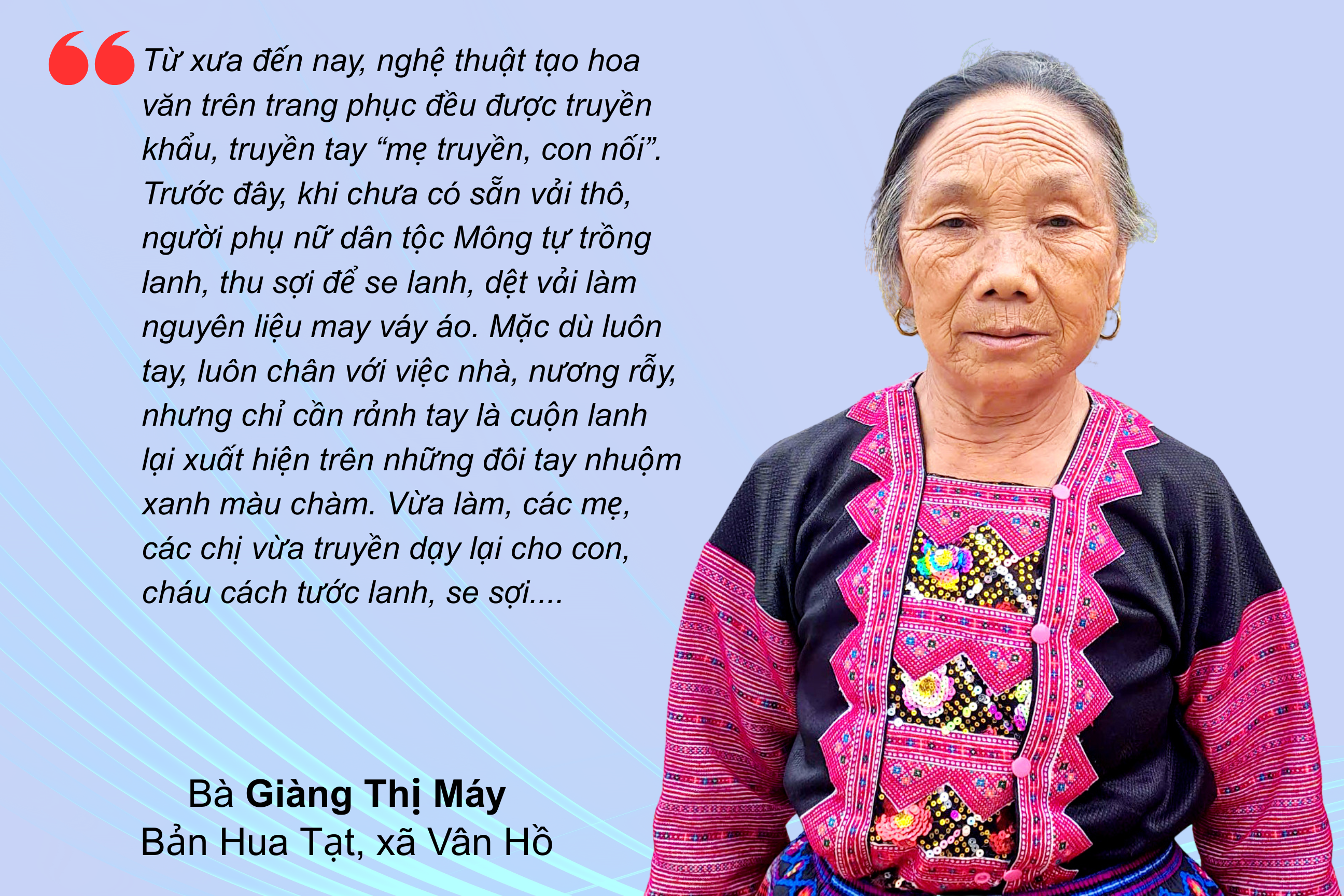

The traditional papermaking of the Mong people is a unique heritage. Mong paper is not used for writing, but is mainly used in spiritual ceremonies, ancestor worship, or in important cultural and religious activities. This is a rough type of paper, made entirely by hand from the bark of the Duong tree or other forest trees.

The papermaking process is very elaborate, requiring patience and skill. The bark is harvested, soaked in water, and boiled. Then, it is crushed into a fine powder. This powder is mixed with water, poured into a mold with a filter and spread evenly. After the water has drained, the pulp is dried in the sun. The finished paper has a natural ivory color, is tough and durable, and carries the breath of the mountains and forests.

.png)
The four typical cultural heritages of the Mong people in Son La are vivid symbols of the unique cultural, spiritual and folk art life. Being recognized as a National Intangible Cultural Heritage is a great source of pride, and at the same time a reminder of the responsibility in preserving and promoting traditional cultural values, helping to honor and shine the beauty of culture in modern times, contributing to enriching spiritual life and attracting tourists to Son La.
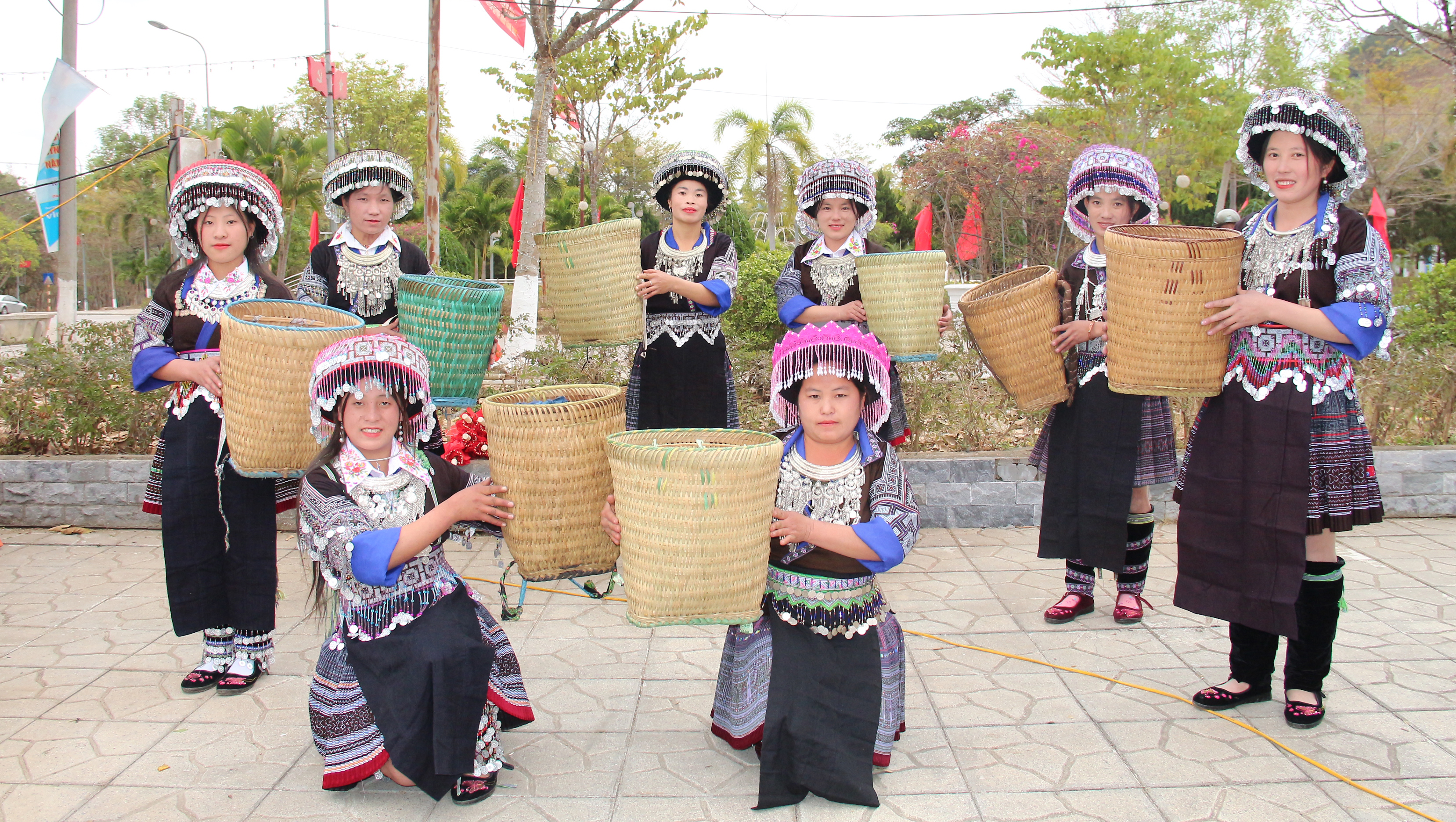
Charming Mong girl with her dance.
Source: https://baosonla.vn/emagazine/di-san-van-hoa-dan-toc-mong-tinh-hoa-giua-dai-ngan-wptOwl8Ng.html





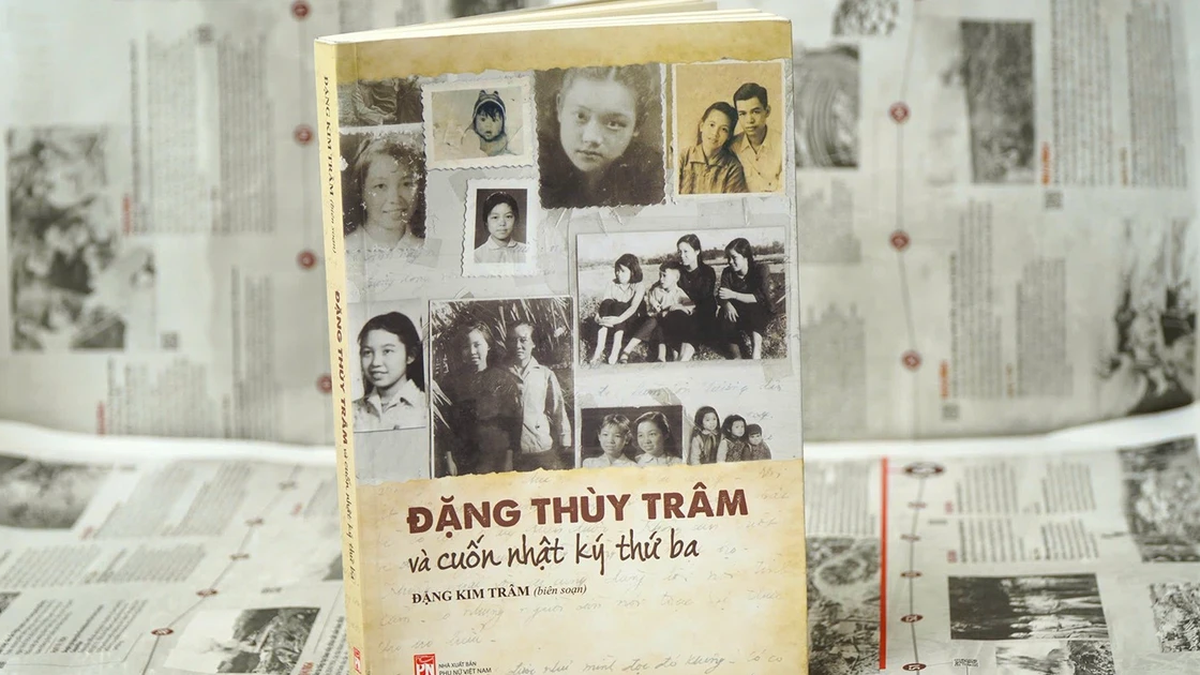




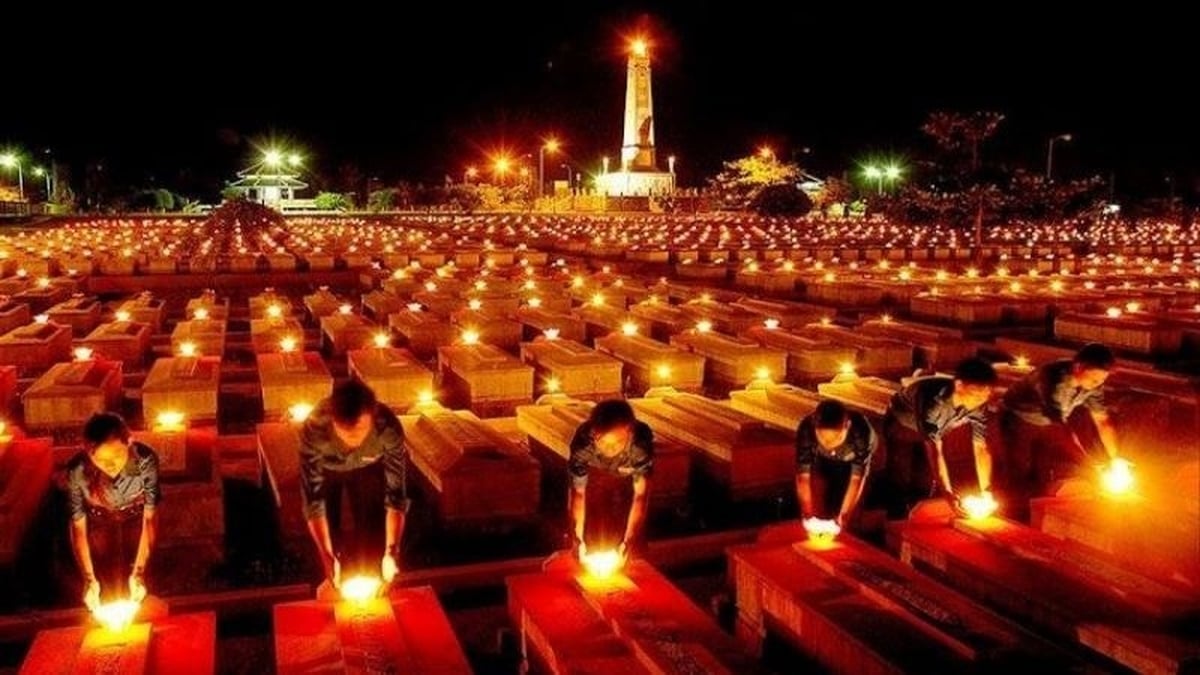
























































































Comment (0)